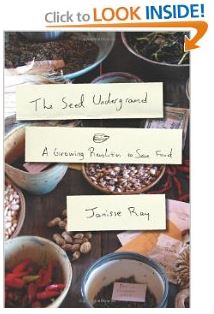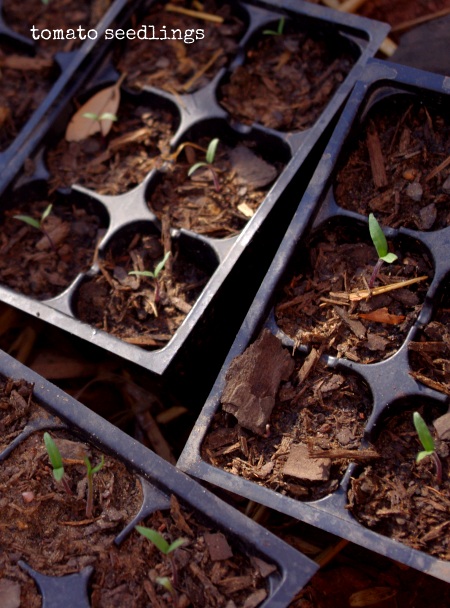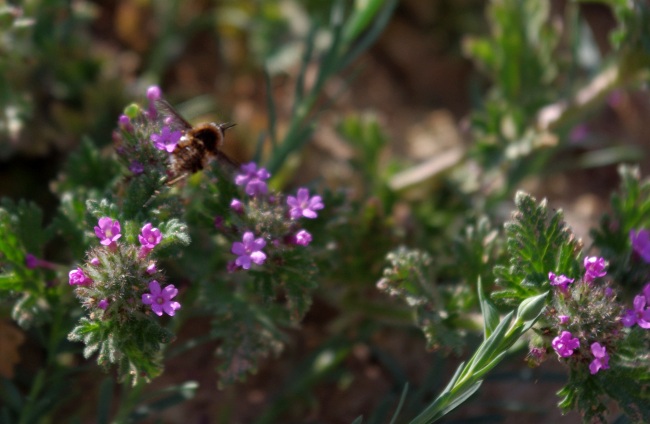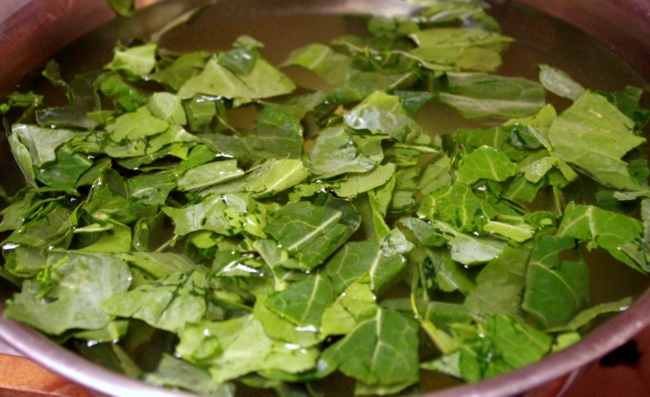Two Books on How to Save Seeds and Why It Is Crucial
Seeds are miraculous little things. They stay dormant, so long as you treat them well. They give life, so long as you give them what they need. They are tools used to grow food and then produce seed again… to grow more food. I thought I knew that.
And then I read The Seed Underground by Janisse Ray and I began to see how amazing these tiny little specks of potential really are. Seed saving is an age old practice for this very reason, but there is more to it than just the wonder of seed.
Now you might think, as I did, that you can just stock up on some of your favorite GMO-free, heirloom seeds and not worry about it. You could do that.
Or, you could grow vegetables from those seeds, choose those plants that withstood the drought and heat and March freeze and bug-infestation… and save seed from it. Because if you do you may have the seed to a plant that has acclimated well to your super hot/super cold/super wet/super dry/super anything climate. 
And by saving those seeds you could possess food security, currency, gifts for neighbors and friends, and the ability to not need to buy seed from the store – possibly ever again. If that doesn’t convince you I don’t know what will.
Actually, I do. The Seed Underground made me skeptical at first. In fact, it took me a second try to actually sit down and read this book, while holding my solar flashlight of course. But once I waited for the lights to be out and the children to be fast asleep and Stewart to be busy working on a project of his own; what I found within those pages was not only convincing enough to make me want to start my own seed saving business, but words crafted on a page so beautifully it was like reading a love letter to the seed of a plant.
It was beautiful.
The How of Seed Saving
So, we are working on that whole nurturing seeds into plants thing as we speak, but I wanted to get an idea for whether or not my very simplified version of seed saving was right. Turns out it is… and it isn’t.
The Organic Seed Grower showed me that yes, it really can be as simple as letting your plants go to seed, harvesting those seeds, and drying and storing them for next year. In other cases, however, it’s not that simple.
Take biennials, for instance. Carrots require an over-wintering before you can successfully save decent seed from them. That blew me away.
The Organic Seed Grower was written by John Navazio, both the Senior Scientist for the Organic Seed Alliance and a Plant Breeding and Seed Specialist for Washington State University Extension. Because of that he has a really interesting angle to the topic. I believe this is a book we will be referencing over and over and would love to pass on to our own children someday.
And there are not many books I would say that about.
If you, like me, want to learn more about why you should be saving seed then check out The Seed Underground. If you are looking for an incredibly thorough book that you can reference on anything seed saving then definitely look into the Organic Seed Grower.
Disclaimer: This is the part where I tell you that Chelsea Green Publishing sent me these two books for free to review. You probably already guessed that. What you may not know is that I’ve been sent a bunch of other books by various publishers that I didn’t like, so there are a fair number of “It’s not worth the money” reviews that you never have to see. Cuz that’s how we roll.





they look like very useful books, I am addicted to saving seeds, I have saved all the easy ones, I even managed to save some carrot seeds (and I’m in sub-tropical climate, grow carrots over winter anyway, so I really wasn’t sure when I would get seeds!), but still haven’t mastered turnip and swede, or beetroot. Maybe this season…. its nice to know that I have plenty of seeds, so many that I can sow what I need, and sprinkle the rest around the place to see what comes up and always have some to give away.
Wow, these books sound amazing. I can’t wait to learn more about seed saving. It’s so funny to grow from seeing carrots in the supermarket, eating it, and tossing the greens (if it has greens at all!) to realize that theoretically, one carrot can parent other carrots for the rest of one’s life. It’s miraculous.
Tell me about what you are using to start your seeds in that first photo. Interesting!
I am so glad I am stumbling upon this post! Saving seed is not something that I have dabbled with yet, but I have been interested in doing so. I think I will start with these book suggestions. Thanks!